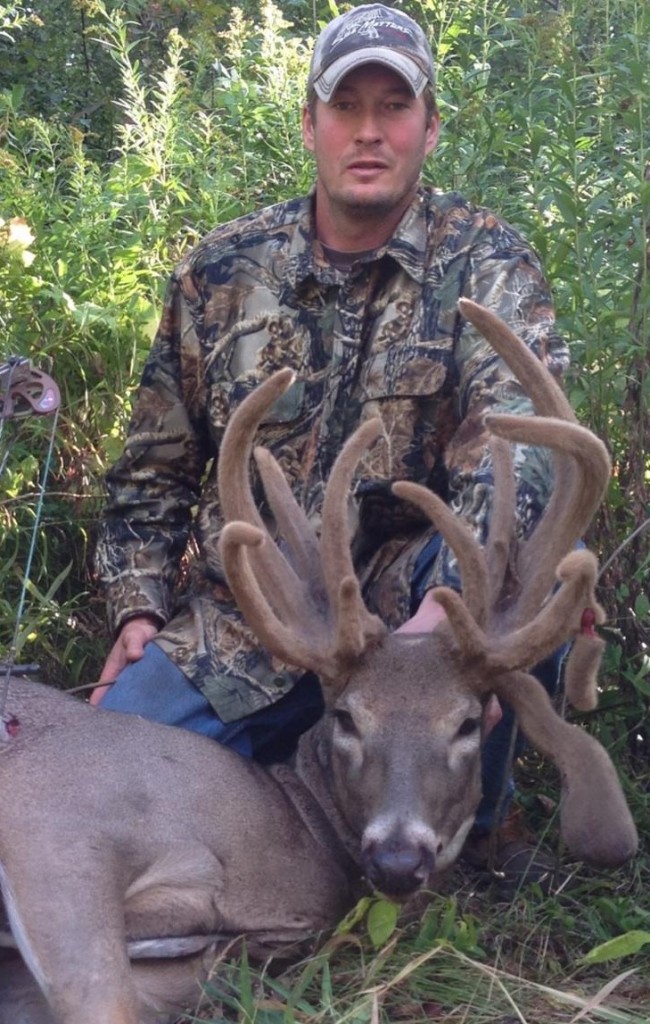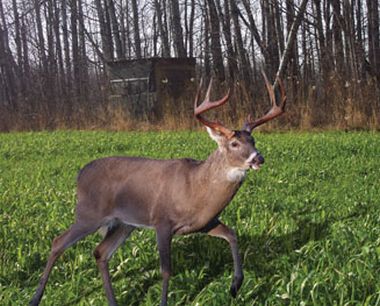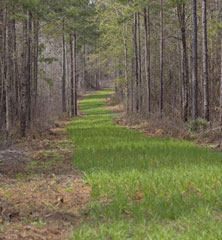Winter rye height
Winter rye height
Is your winter rye getting too high? A foot tall and they will still eat it, but it not as desirable or beneficial to your deer herd. So what to do?

Winter rye height
The advantage of mowing winter rye is that it does a partial reboot of the growing cycle. Keith McCaffrey did a study on nutrition. He told me that you can classify most greens into the following (this will be close, as it was many years ago and I can’t remember the exact names he used):
Seedling/initial emergent stage: Most highly digestible, great nutrient content
Young and rapidly growing: Still very highly digestible, typically highest nutrient content.
More mature, but still green and growing: It’s digestible and offers nutrients, but both have dropped considerably.
Fully mature, no longer offering green growth, but still green: This stage typically still offers a net gain in the energy it provides vrs energies expended to digest, but it’s the lowest net gain.
Brown and dead: Eating it provides a net energy loss, as it takes more energy to digest than it provides.
Winter rye height
One must remember that cows and goats, for example, are super ruminants, where as deer are just considered ruminants. They can’t digest more difficult to break down plant matter as super ruminants. As greenery become more and more mature, their cell walls generally get harder and thicker, making them more difficult to break down. Nutrient content also drops, making it a lose/lose scenario.

Mowing most any green that can withstand a mowing spurs new growth, which helps reboot the cycle. Deer will still eat the winter rye as it gets bigger and more mature, if it’s one of their better options or in a location they feel safer, but it doesn’t provide the same nutritional payoff.


